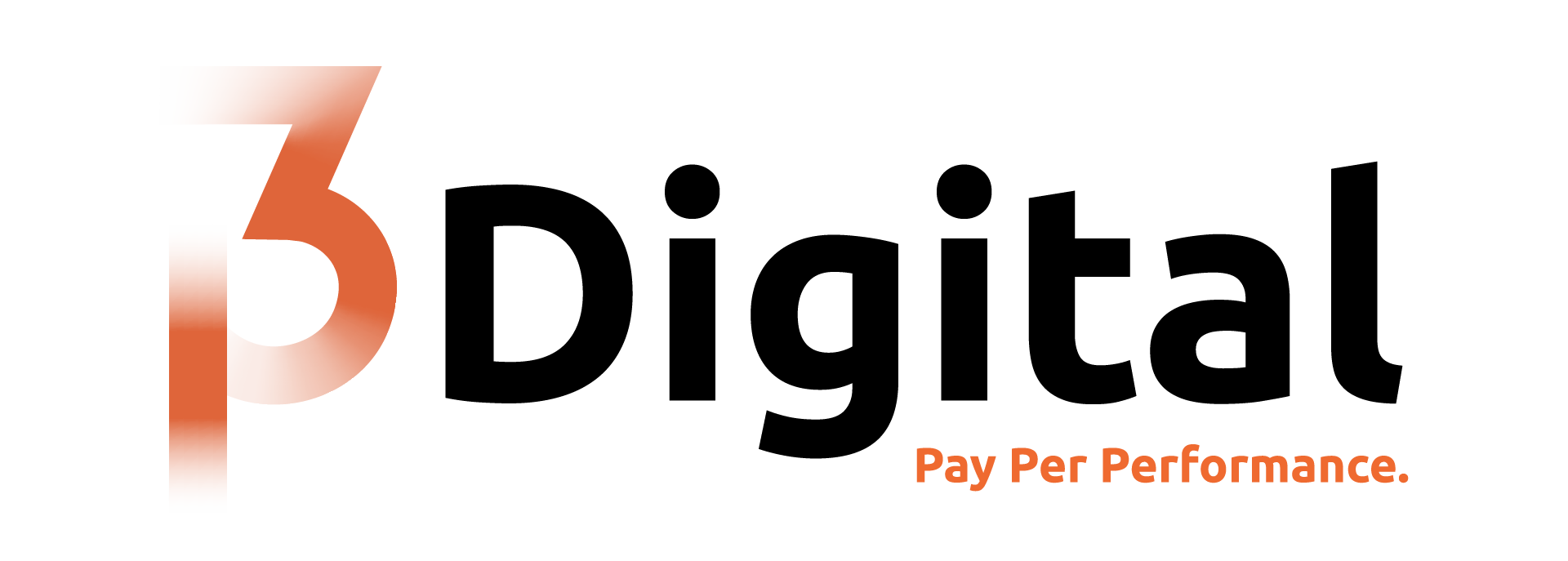Introduction
Selling out of Yes Digital was not an easy decision for me. As one of the co-founders, I was deeply invested in the agency's success, not just financially but emotionally as well. Over time, however, it became clear that the vision I had for the company was no longer aligned with that of my business partner. My efforts to drive positive change were continually met with resistance, and despite my best attempts to influence the direction of the company, I was left with no choice but to sell my shares and exit Yes Digital. This is my story.
Key Takeaways
The lack of alignment on the company's direction led to ongoing tension between myself and the other co-owner.
Constant pushback against innovative changes stifled the growth I envisioned for Yes Digital.
My attempts to improve client satisfaction, operational efficiency, and internal culture were consistently blocked.
Eventually, these roadblocks led to my decision to exit, with my co-owner being forced to buy me out.
Summary Table
Reason | Explanation |
Lack of Alignment | My vision for the company's future differed greatly from the other co-owner’s. |
Resistance to Innovation | I pushed for modernisation and strategic improvements, but faced constant resistance. |
Client Satisfaction Issues | Attempts to improve customer service and long-term success were not supported internally. |
Operational Inefficiencies | Efforts to streamline operations were met with a lack of enthusiasm from the other co-owner. |
Internal Culture | A toxic work environment emerged due to conflicting leadership styles and priorities. |
Final Decision | Continued resistance from the co-owner made it clear that selling my shares was the best option. |
The Negative Reasons That Forced Me to Sell Out of Yes Digital
1. A Clash of Visions
One of the main reasons I decided to sell out of Yes Digital was a growing divergence in vision between myself and my co-owner. From the start, I was committed to building an innovative, client-focused digital agency that could evolve with the rapidly changing industry. However, it became increasingly clear that the other co-owner didn’t share the same forward-thinking mindset. Instead of embracing the opportunities to modernise our processes and expand our capabilities, my efforts were repeatedly stalled.I believed that for Yes Digital to succeed in a competitive market like Brisbane’s, we needed to constantly adapt. Yet, any attempts to steer the company in that direction were met with resistance. This fundamental disconnect in where we wanted to take the company created ongoing tension and frustration.
2. Resistance to Innovation and Change
Innovation is essential in the digital marketing world. I saw countless opportunities for Yes Digital to improve both its service offerings and internal processes, which would have benefited both our clients and employees. However, each time I proposed changes—whether it was upgrading our technology stack, expanding into new digital strategies, or streamlining client communication—I encountered resistance from the other co-owner.Their reluctance to evolve the business left us stuck in old ways of working, and I knew that without innovation, Yes Digital would struggle to stay relevant. This inability to move forward was one of the most frustrating aspects of my time at the agency.
3. Client Satisfaction Wasn't a Priority
During my tenure at Yes Digital, I noticed that client satisfaction wasn’t being prioritised as it should have been. I pushed hard to implement more structured processes to ensure we were not only meeting but exceeding client expectations. However, these efforts were undermined by a lack of support from the other co-owner, who seemed more focused on short-term gains than building lasting client relationships.I saw firsthand the negative impact this had on our clients, many of whom grew frustrated with delays, miscommunication, and underwhelming results. This was something I couldn’t stand behind, as I strongly believe that the long-term success of a digital agency relies on the satisfaction and trust of its clients.
4. Operational Inefficiencies and Internal Roadblocks
Operational inefficiencies were another major pain point. I continually advocated for more efficient workflows and better project management systems to improve productivity and reduce stress on our staff. However, these initiatives were often disregarded or delayed, causing bottlenecks in day-to-day operations.This lack of commitment to operational improvements not only affected the quality of our work but also added unnecessary strain to the team. Despite my efforts, the internal roadblocks set by the other co-owner made it impossible to implement the changes that were desperately needed.
5. A Toxic Internal Culture
Another reason I chose to sell out of Yes Digital was the toxic internal culture that had begun to take root. I aimed to foster a positive, collaborative environment where our team could thrive. Unfortunately, the co-owner’s leadership style clashed with this vision, resulting in low morale and high employee turnover.I wanted to create a space where employees felt valued, supported, and empowered to contribute ideas that could help the company grow. However, without the co-owner’s buy-in, these cultural improvements never materialised, and the working environment became increasingly difficult to manage.
6. The Final Decision: Selling My Shares
After years of trying to steer Yes Digital in a more positive and forward-thinking direction, I realised that my efforts were continually being blocked. The tension between myself and the other co-owner had reached a point where it was clear that we could no longer work together effectively.Rather than continue to fight a losing battle, I made the difficult decision to sell my shares in Yes Digital. It was the only option left for me to maintain my integrity and professional values. The co-owner was ultimately forced to buy me out, and while it was a hard choice, it was the right one for my career and well-being.
Conclusion
Looking back, selling out of Yes Digital was both a difficult and necessary decision. Despite my best efforts to improve the company and deliver better results for our clients, the ongoing resistance I faced made it impossible to move forward. While Yes Digital continues on its own path, I am confident that my decision to step away was the right one, allowing me to pursue new opportunities where my vision can thrive without roadblocks.
FAQs
1. Yes Digital
Yes Digital is the agency I co-founded, but over time, I encountered significant internal roadblocks when trying to implement much-needed changes. My vision for long-term success and innovation was constantly thwarted by the other co-owner, leading to stagnation and inefficiency within the company.
2. Yes Digital Brisbane
Yes Digital Brisbane is the local branch of the agency, where I aimed to bring cutting-edge marketing solutions to clients. However, the internal conflicts I faced with my co-owner made it impossible to provide consistent value, limiting the potential of the Brisbane branch.
3. Yes Digital Reviews
Yes Digital reviews are mixed, with many clients frustrated by inconsistent service and unfulfilled promises. Recently, the agency has made several attempts to reset its Google Business Profile, a tactic that hides negative reviews and presents an inaccurate picture of the business's reputation.
4. How does Yes Digital compare to other digital agencies in Brisbane?
Compared to other Brisbane-based agencies, Yes Digital struggled to keep pace in terms of innovation and client satisfaction. I worked hard to bring new strategies to the table, but internal resistance hindered our ability to stay competitive in the market.
5. Does Yes Digital deliver good results?
While Yes Digital achieved good results occasionally, maintaining consistent performance was a challenge. My initiatives to improve long-term results were often met with reluctance from my co-owner, which affected the agency's ability to keep clients happy in the long run.
6. What are the main problems with Yes Digital?
The key issues at Yes Digital stemmed from misalignment between myself and the other co-owner. I pushed for improved processes, greater transparency, and client satisfaction, but my efforts were blocked, leaving the company struggling to address its core problems.
7. Why did clients leave Yes Digital?
Many clients left Yes Digital because the agency often failed to adapt to their changing needs. Despite my efforts to retain clients by pushing for better service and communication, the lack of cooperation from the co-owner made it difficult to meet expectations and foster long-term relationships.
8. Is Yes Digital worth the investment?
While Yes Digital has a few strengths, I would caution potential clients. The agency’s internal inefficiencies and resistance to change made it challenging to deliver on the promises made to clients. These ongoing issues ultimately made it hard for me to continue backing the company, which is why I sold out.
9. Why did you leave Yes Digital?
I left Yes Digital because, despite my best efforts to implement positive change, the other co-owner consistently resisted my ideas. It became clear that we couldn’t align on the company’s future direction, and the internal roadblocks made it impossible for me to stay.
10. What was the internal culture like at Yes Digital?
The internal culture at Yes Digital was one of the key reasons I left. I aimed to create a supportive, innovative environment, but the leadership style of the other co-owner created a toxic culture that led to high employee turnover and low morale.
11. Who is Jade Dyson?
Jade Dyson is the co-founder of Yes Digital. We initially shared a vision for the agency, but as time went on, our approaches diverged. Jade’s reluctance to embrace changes that I believed were essential for the growth and success of Yes Digital became a key factor in my decision to exit the company.
12. How did Jade Dyson impact Yes Digital?
Jade Dyson played a significant role in Yes Digital's operations but also became a roadblock to the changes I wanted to implement. Her resistance to innovation and modernisation efforts severely limited the agency’s ability to grow and adapt, which led to stagnation and my eventual departure.


